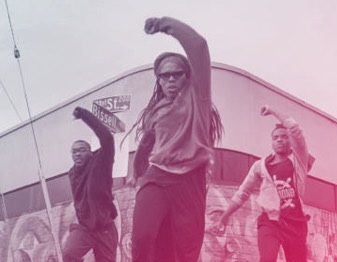Movies bequeath a kind of immortality; whatever is captured on film lives forever exactly as it was that day. We can savor Cary Grant in his prime, in Notorious or North by Northwest, and conveniently forget that he went the way of all flesh. It’s not as easy, though, to maintain that romantic illusion about cities, for they evolve rather than die. So when we glimpse a cityscape in an old movie, we accept that the past is gone and relinquish the childish notion that it’s preserved somewhere in a vault.
In his latest compilation program, San Francisco Top to Bottom: The City Seen by Hollywood and Home Moviemakers, presented by the S.F. Museum and Historical Society at the S.F. Jewish Community Center, the dedicated local film archivist and collector Rick Prelinger compels us to deal with history on its own terms. And yet, interestingly enough, he always has one eye on the future.
Let’s consider, first, the panoramas shot in our town by crack (or hack) studio cameramen. Prelinger has obtained material from a number of unidentified, obscure movies from the 1930s, as well as outtakes from more recent titles that may include Good Neighbor Sam (1964), Guess Who’s Coming to Dinner (1967) and possibly The Lineup (1958), which features Sutro Baths (as well as a young Eli Wallach, but we’re focused on the “sets,” remember, not the actors).
“We’re going to see San Francisco used as a background, because these were mostly process plates, which were used for background projection,” Prelinger says. “For a scene that takes place in a car or on a train or people sitting somewhere, film would be projected as a background. Because they were shot as background plates, they present a generic San Francisco.”
In the original movie, this background usually looks blurry or out of focus. In fact, it was shot with a razor-sharp focus that reveals incredible detail. What’s missing in these sequences, though, is a sense that the person behind the camera connected in any way with what he was filming.


